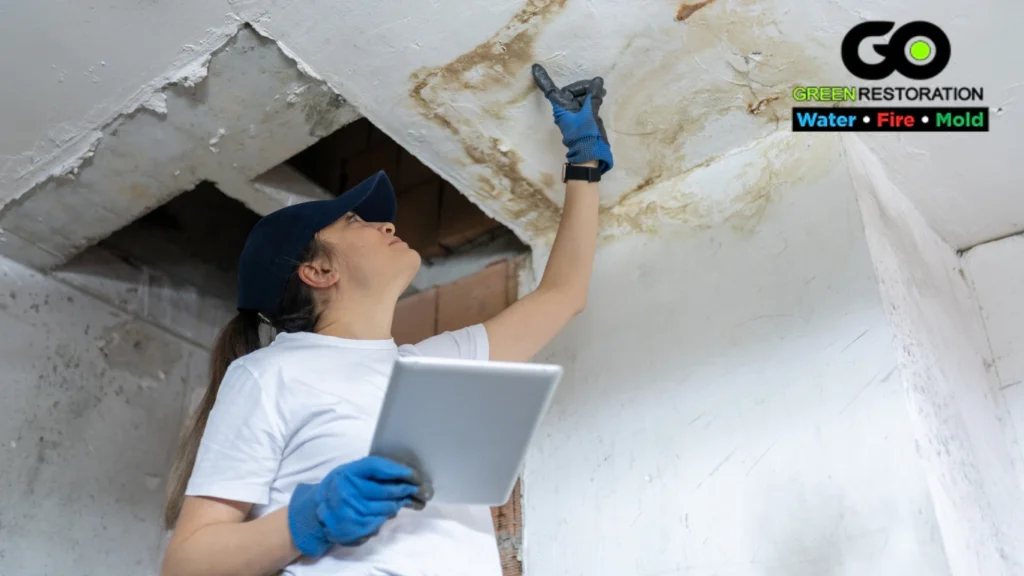Clogged drains are often dismissed as minor plumbing issues, but when left unaddressed, they can quickly escalate into severe emergency water damage. As debris, grease, and soap scum build up within pipes, water flow becomes restricted, increasing pressure within the system. Eventually, backed-up water finds its way into sinks, tubs, and even floors, leading to extensive moisture damage, mold growth, and costly repairs.
Sewer Backups: A Homeowner’s Worst Nightmare
Sewer line blockages pose an even greater threat, as they can force contaminated water back into a home. When wastewater overflows into living spaces, it introduces harmful bacteria, viruses, and toxic fumes, making cleanup both hazardous and urgent. Without immediate intervention, sewer-related emergency water damage can compromise structural materials, ruin flooring, and create long-term indoor air quality concerns.
The Impact of Slow Drainage on Structural Integrity
A slow-draining sink or tub may seem like a minor inconvenience, but it can be an early warning sign of a developing problem. As water accumulates in areas not designed to withstand prolonged exposure, wood swells, drywall softens, and foundations weaken. Over time, hidden moisture behind walls and under flooring can lead to unseen mold infestations, making professional water damage restoration essential to restoring a safe and healthy environment.
Preventing Water Damage from Drain and Sewer Issues
Routine drain cleaning, tree root removal, and proper waste disposal can significantly reduce the risk of blockages that lead to emergency water damage. Installing backflow prevention devices helps keep sewage from reversing into the home during heavy rains or pipe malfunctions. In cases where water damage does occur, quick extraction, thorough drying, and sanitation by professional restoration teams prevent secondary issues like mold growth and structural decay.
Learn more:
The Connection Between Faulty Water Heaters and Emergency Water Damage

